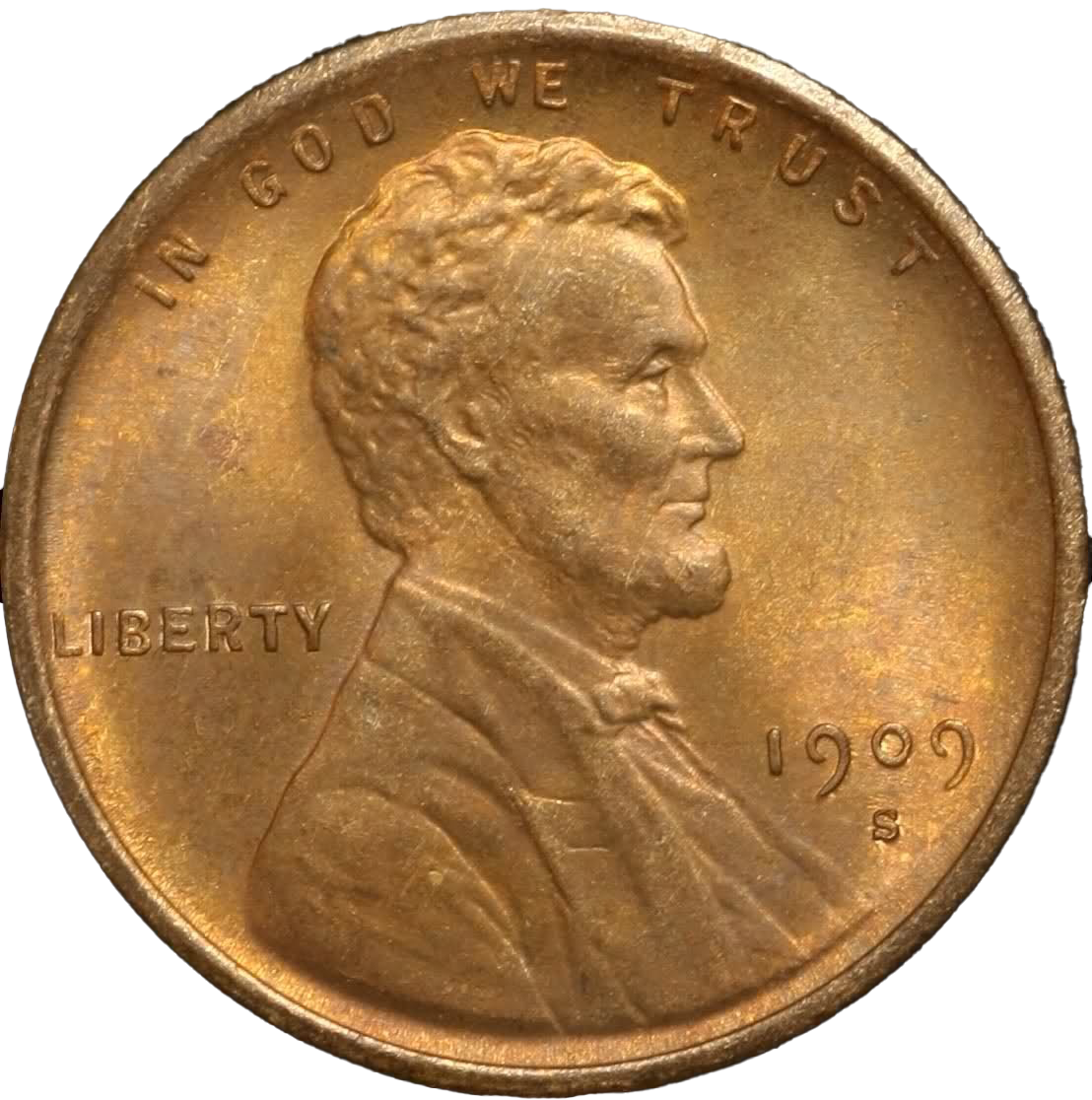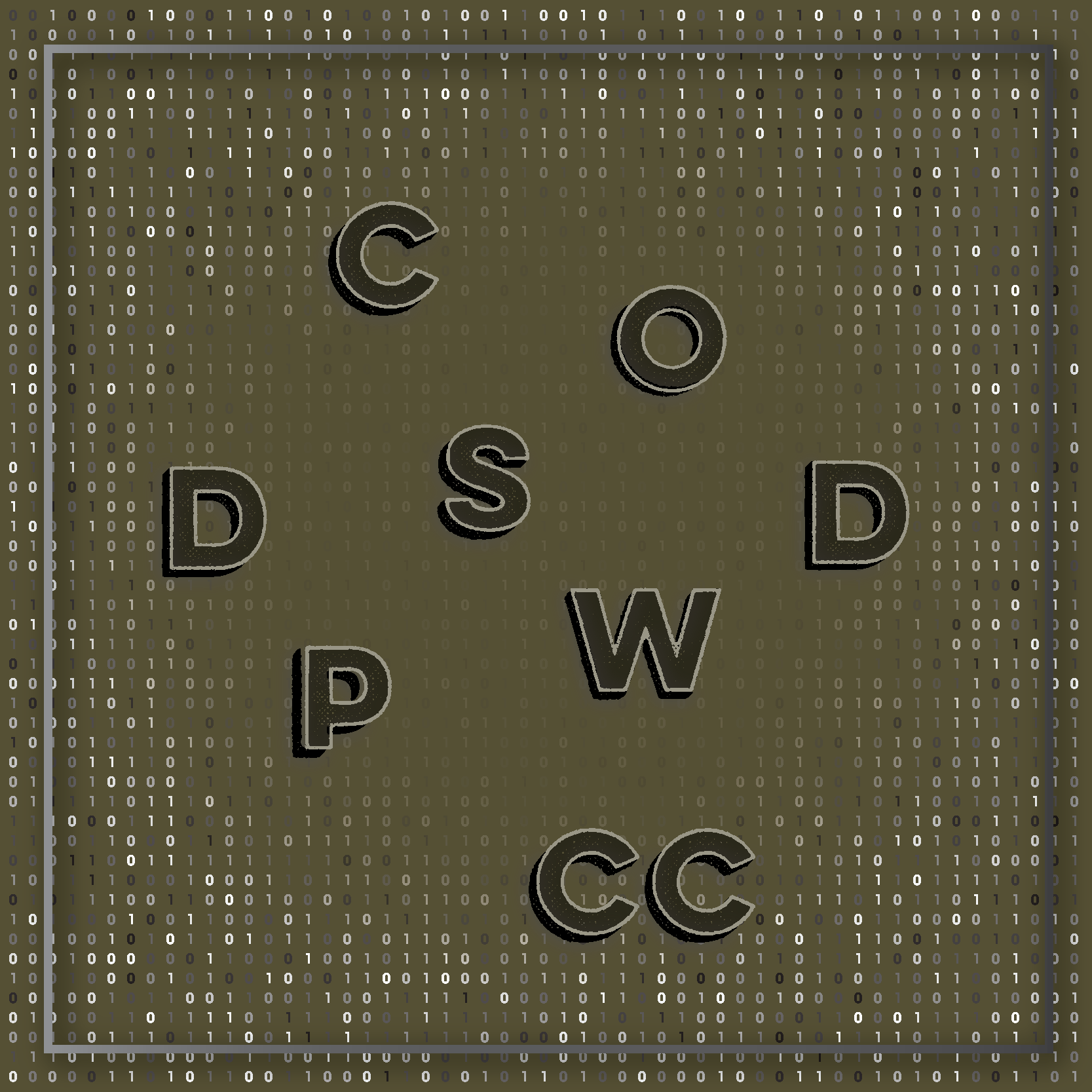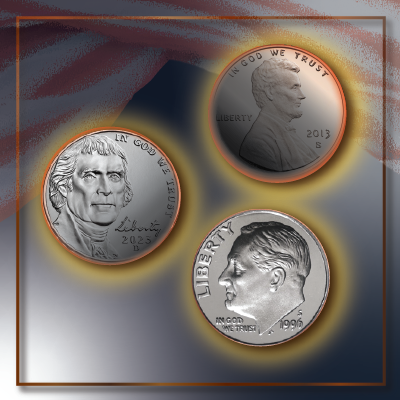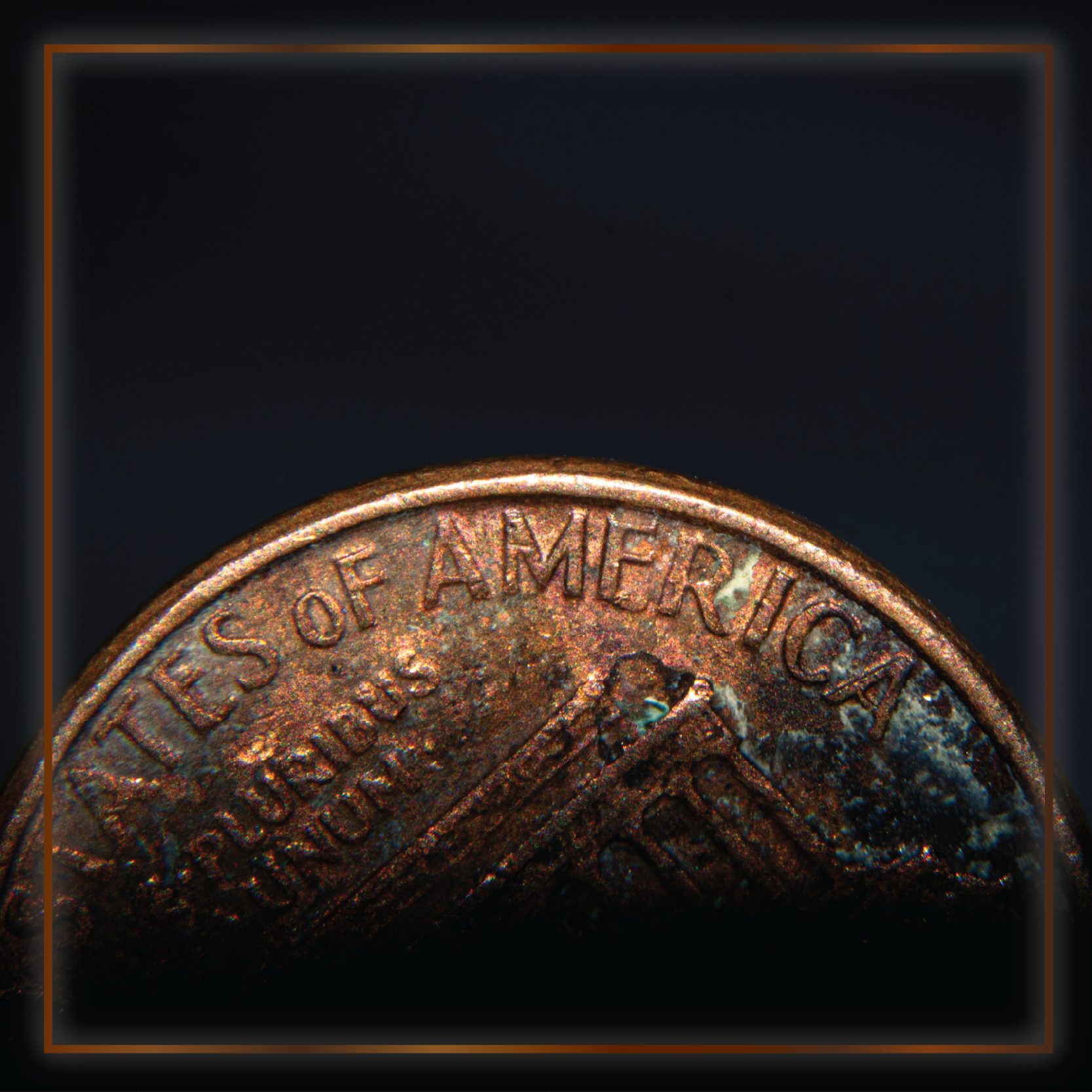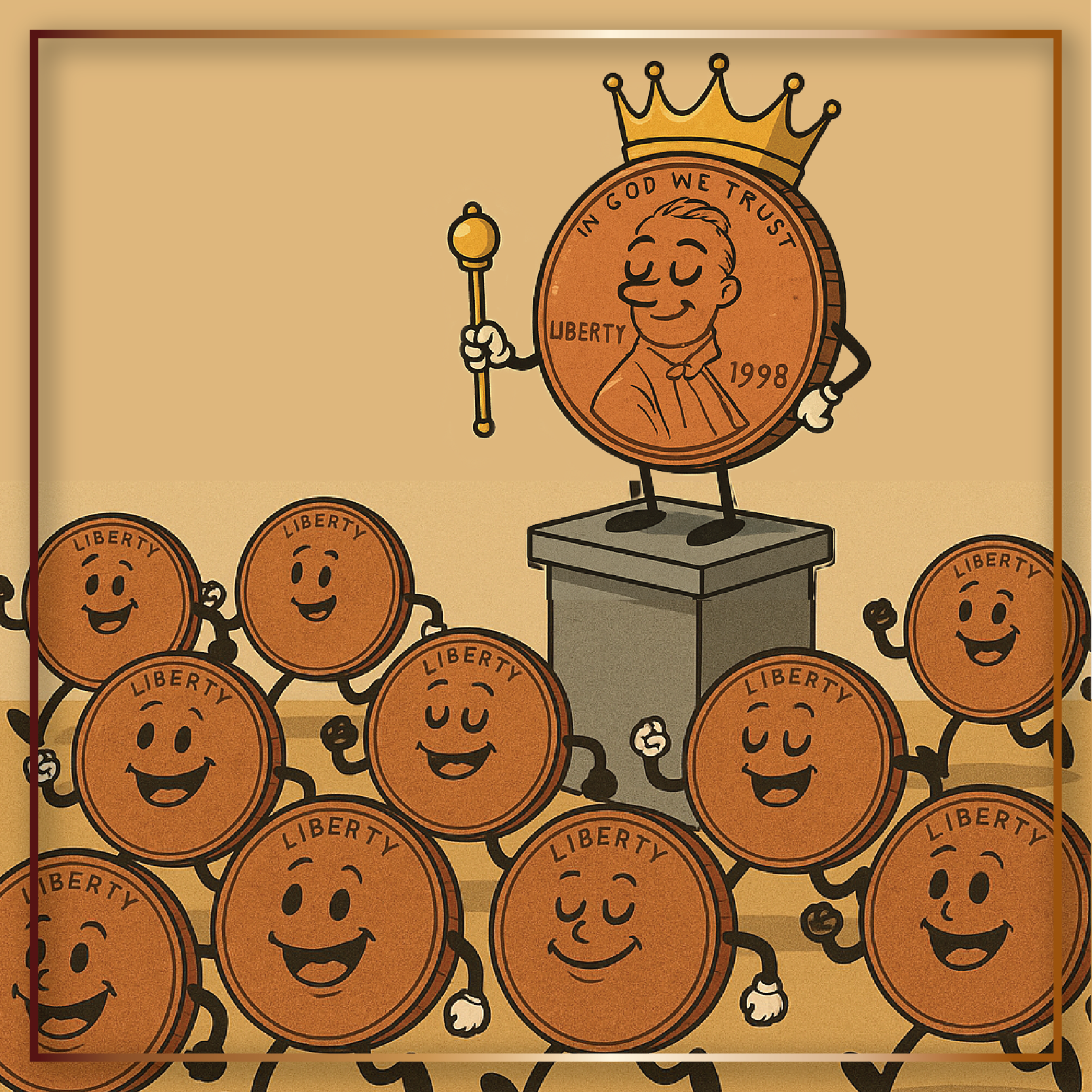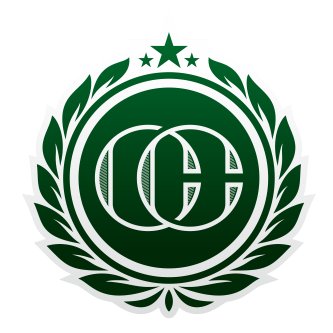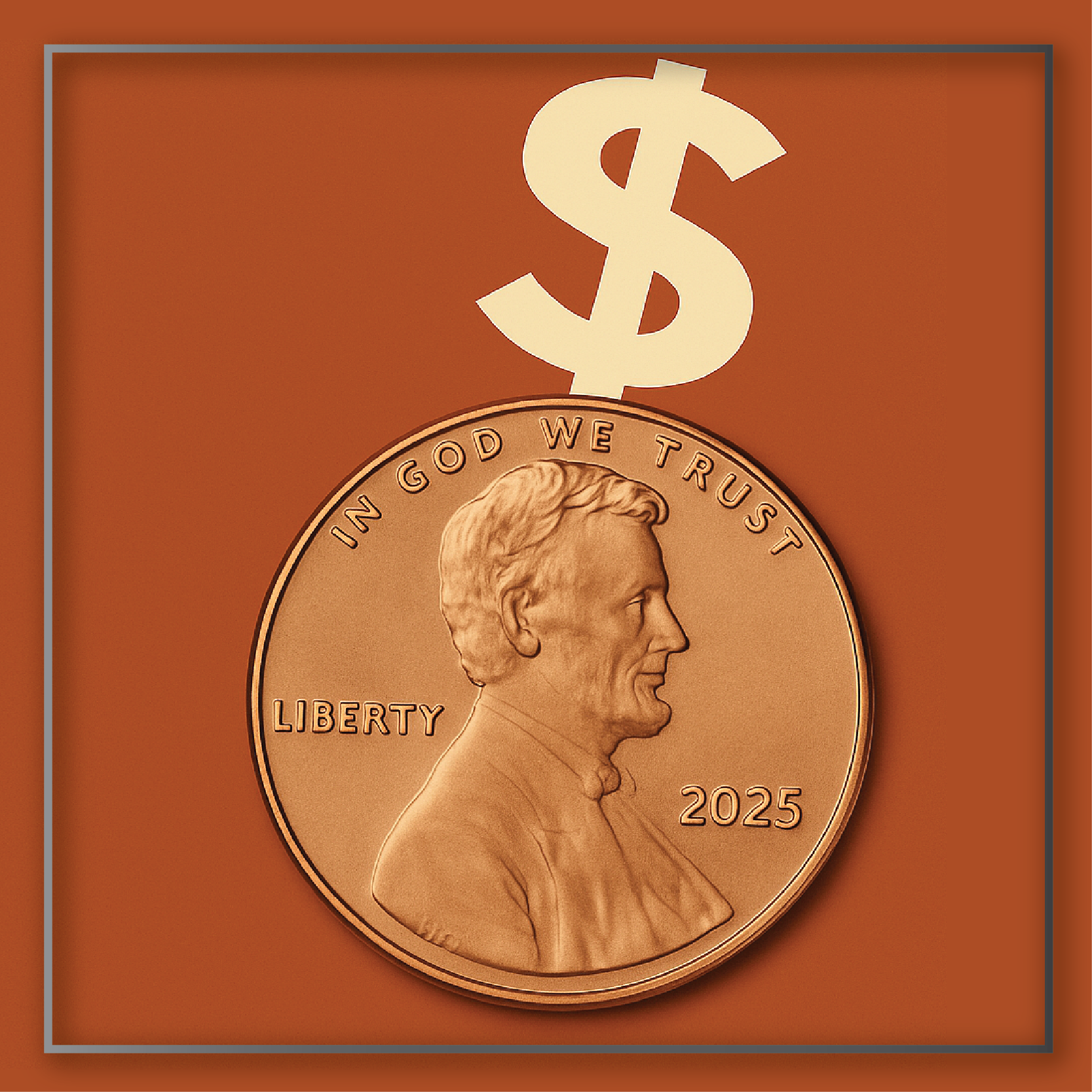
For over two centuries, the humble U.S. penny has jingled in our pockets, representing not just a single cent, but a symbol of American history, commerce, and culture. Now, after 233 years in circulation, the U.S. Treasury has announced the official retirement of the penny by early 2026. It’s a decision that’s making headlines and stirring up conversations among collectors, economists, and everyday Americans alike.
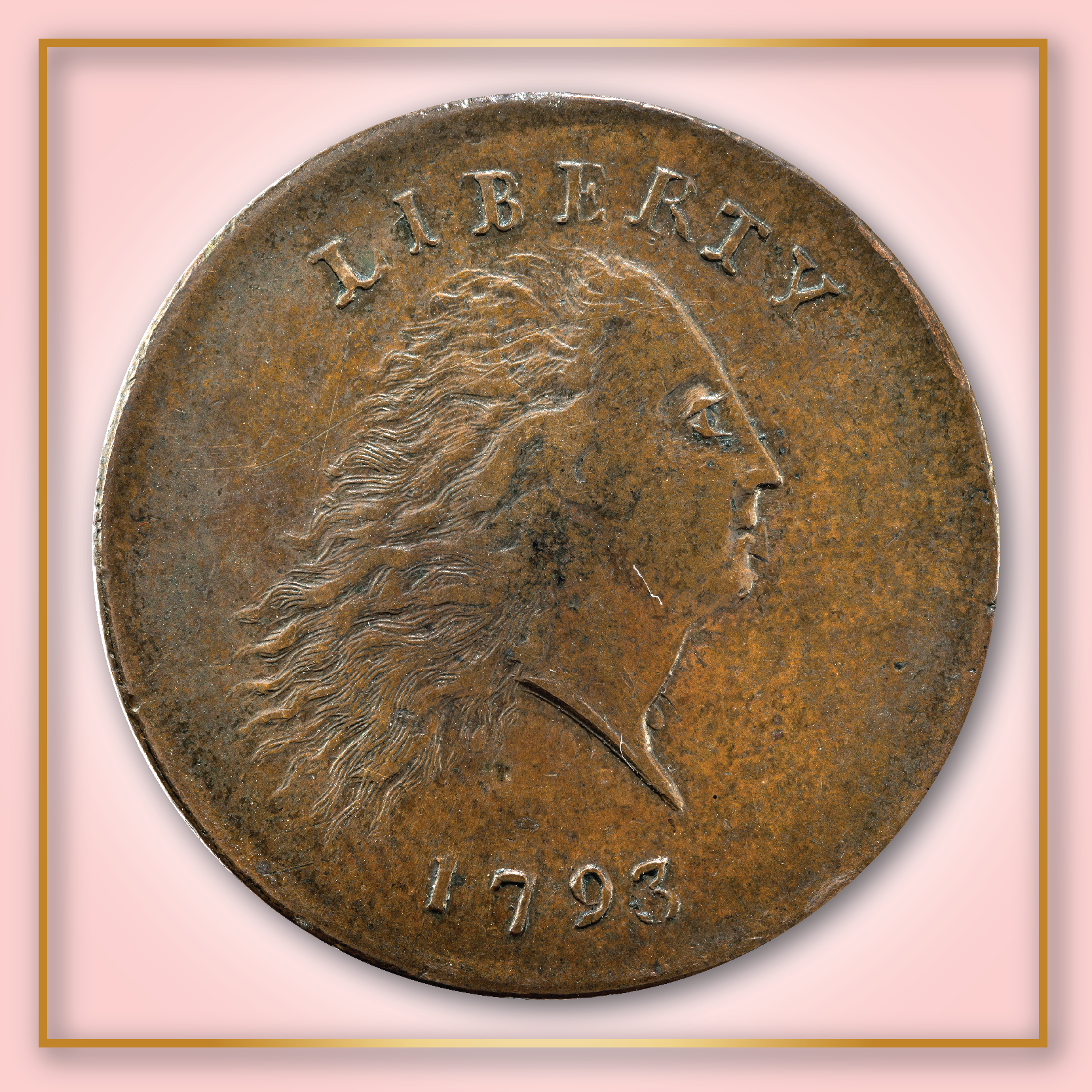
U.S. Large Cents are some of the oldest and most storied American coins, providing a tangible link to the country’s earliest days. Minted from 1793 to 1857, these hefty copper coins carry immense historical significance and offer an exciting opportunity for collectors. In this guide, we’ll explore how to start building your collection of U.S. Large Cents, key dates to look for, and tips for finding coins that won’t break the bank.

Coin collecting is often seen as a passion-driven hobby, but did you know it can also be a smart investment? Many seasoned numismatists have turned their collections into profitable long-term investments. For beginners, the idea of coin collecting as an investment may seem daunting, but with a little know-how, you can start building a collection that not only holds historical value but financial potential as well. In this article, we’ll explore what makes a coin valuable, how to recognize hidden gems, and offer some pro tips on making smart investment decisions that can pay off in the long run.
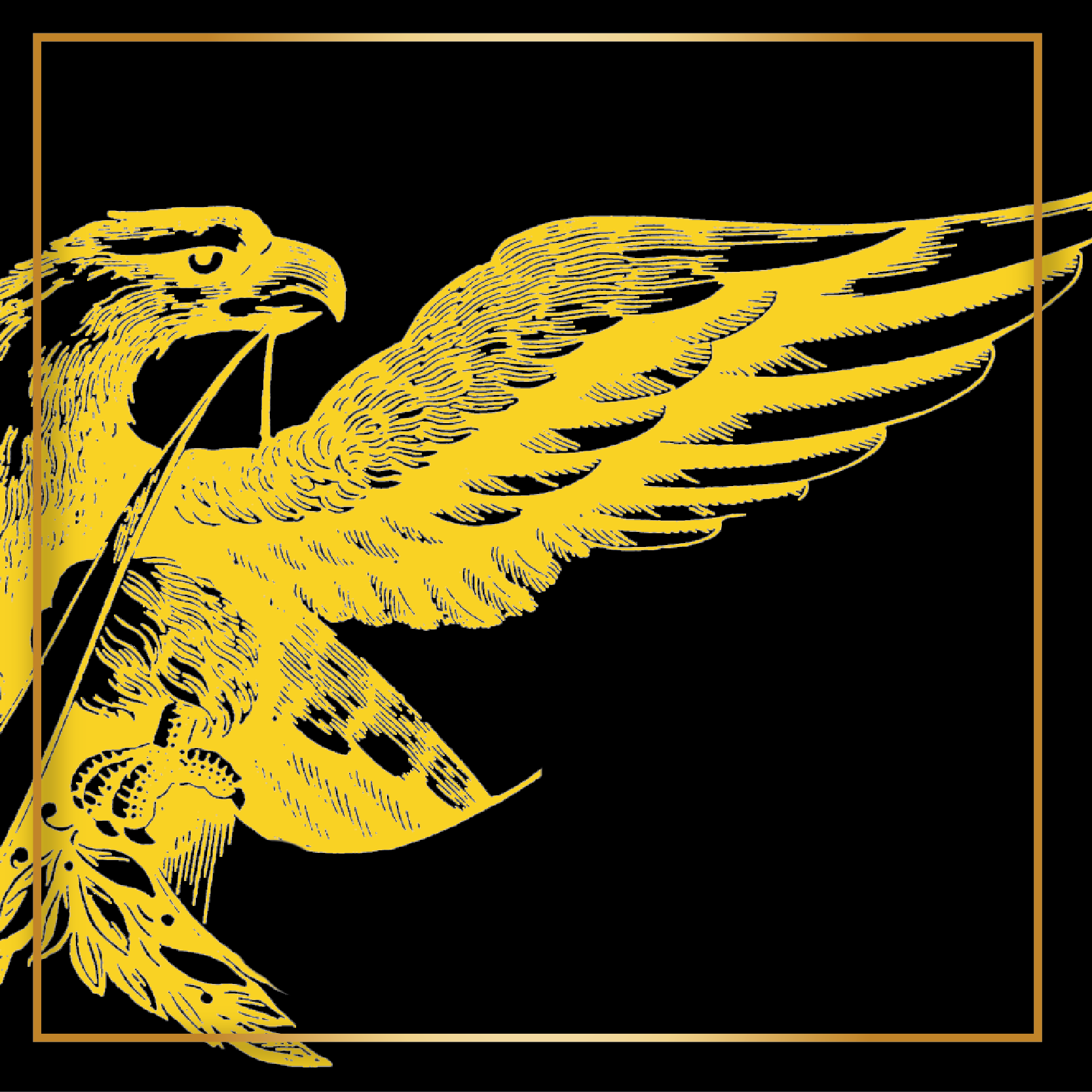
If you're a coin collector, chances are you've come across American Eagle coins. These iconic coins, minted by the U.S. Mint, are not only beautiful works of art but also valuable investments in precious metals. With a rich history, stunning designs, and plenty of rare versions to hunt for, American Eagle coins have something for everyone. Whether you’re just starting or a seasoned pro, this guide will take you through the fascinating world of Silver, Gold, and Palladium Eagles—plus a few fun facts you probably didn’t know!

Welcome to American Legacy: Unveiling the History of U.S. Coins, a blog series created for CoinCollecting.com. Whether you’re a lifelong collector or new to the hobby, this series will explore the rich and storied history of U.S. coinage, uncovering everything from iconic designs to hidden treasures. We’ll take you on a journey through America’s numismatic past, offering insights on how to build your collection, spot valuable coins, and understand what makes each piece a part of the American legacy.
Glossary
Heard some coin lingo that you're unfamiliar with?

